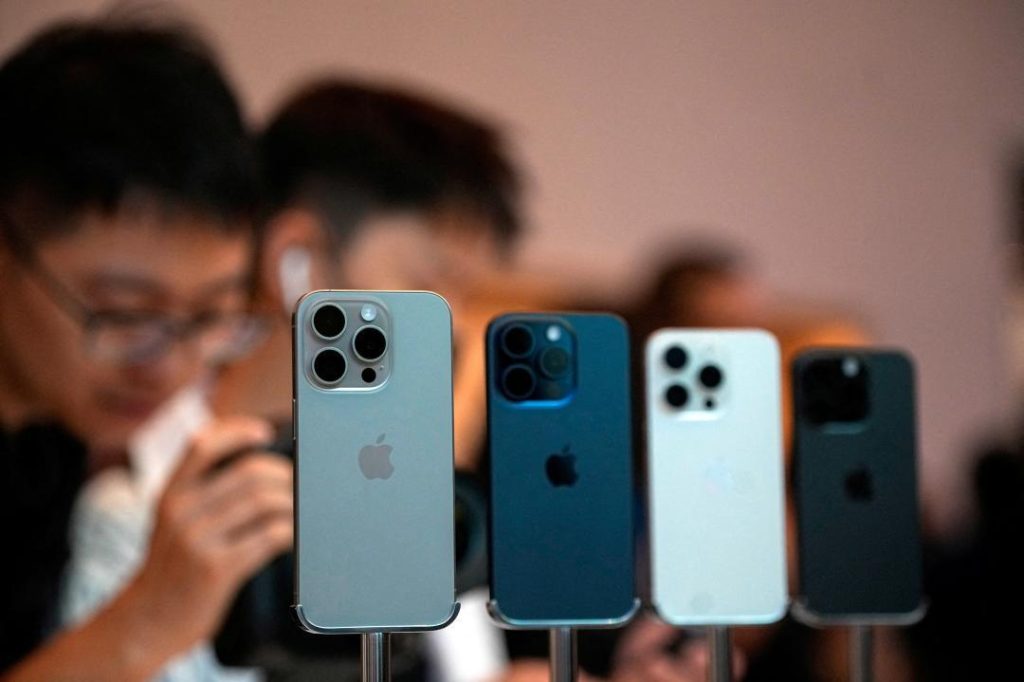
How Much Does it Cost to Make an iPhone? How May it Change Due to US Tariffs?
The iPhone is one of the most popular and sought-after smartphones in the world, with millions of units sold every year. But have you ever wondered how much it costs Apple to make one of these sleek and powerful devices? The answer may surprise you. In this blog post, we’ll take a closer look at the cost of making an iPhone and how it may change due to US tariffs.
The Cost of Making an iPhone
According to a recent report by Moneycontrol, Apple spends around $580 to make a 256GB iPhone 16 Pro. This includes a range of components, from the A18 Pro chip to the rear camera systems and display. Let’s break down the costs:
- $90.85: A18 Pro chip
- $126.95: Rear camera systems
- $37.97: Display
- $155.23: Other components, including the battery, storage, and casing
These costs may vary depending on the specific model and features of the iPhone. However, this gives you an idea of the rough breakdown of the costs involved in making an iPhone.
How US Tariffs May Impact iPhone Costs
One of the biggest challenges facing Apple and other tech companies is the impact of US tariffs on their products. The Trump administration has imposed a 54% tariff on certain Chinese imports, including electronics like iPhones. Since many iPhones are assembled in China, these tariffs would apply to the entire manufacturing cost of the device.
This means that the cost of making an iPhone could increase by around $267 (around ₹23,000) per unit, taking the total cost to around $847 (around ₹73,400). This would have a significant impact on Apple’s profit margins and could potentially lead to higher prices for consumers.
How Tariffs Could Affect Apple’s Business
The impact of tariffs on Apple’s business could be significant. The company relies heavily on China for manufacturing and assembly, and the tariffs could lead to increased costs and reduced profit margins. Here are a few ways that tariffs could affect Apple’s business:
- Reduced profit margins: As the cost of making an iPhone increases, Apple’s profit margins could shrink. This could lead to lower returns for the company and potentially impact its ability to invest in research and development, marketing, and other areas.
- Higher prices for consumers: If Apple is forced to absorb the cost of tariffs, it could lead to higher prices for consumers. This could negatively impact sales and potentially damage the brand’s reputation.
- Shift in manufacturing: Apple could potentially shift some of its manufacturing operations to other countries, such as Vietnam or India, to avoid the tariffs. However, this could also lead to increased costs and logistical challenges.
Conclusion
The cost of making an iPhone is a complex and multifaceted issue, influenced by a range of factors, including component costs, manufacturing processes, and tariffs. As the US-China trade war continues to escalate, the impact of tariffs on Apple’s business could be significant. While the company may be able to absorb some of the costs, higher prices for consumers and reduced profit margins could have long-term implications for the brand.
Source:






